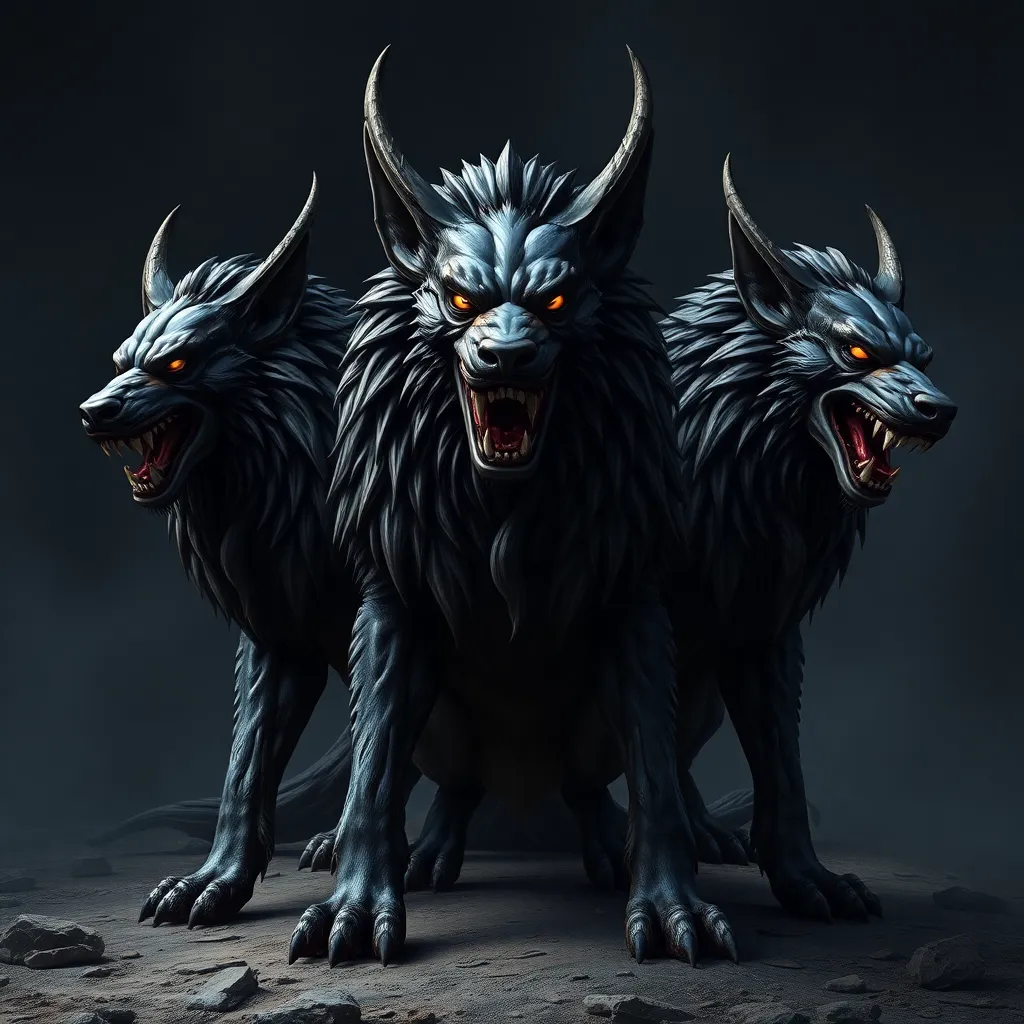The Phoenix in Japanese Mythology: Ho-o, the Sacred Bird of Purity and Harmony
I. Introduction
The concept of the Phoenix is a compelling and timeless symbol found throughout global mythology, representing renewal, rebirth, and immortality. In various cultures, this legendary bird rises from its ashes, signifying hope and the cyclical nature of life. In Japanese mythology, the Ho-o, also known as the Phoenix, embodies similar themes but is deeply intertwined with the cultural and spiritual beliefs of Japan.
The Ho-o is more than just a mythical creature; it is a sacred bird that symbolizes purity and harmony, revered in Shinto beliefs and Japanese art. This article explores the origins, characteristics, and significance of the Ho-o, highlighting its role in Japanese mythology and culture.
II. The Origin of Ho-o in Japanese Mythology
The Ho-o has its historical roots in ancient Chinese mythology, where it is known as the Fenghuang. This bird, often depicted with striking plumage and majestic features, was a symbol of high virtue and grace. As cultural exchanges occurred between China and Japan, the Ho-o evolved into a distinct figure within Japanese lore.
The evolution of the Ho-o in Japanese tales showcases its significance in various narratives, often associated with the imperial family and divine protection. In Shinto beliefs, the Ho-o is regarded as a messenger of the gods, embodying the ideals of purity and harmony that are central to the faith.
III. Physical Characteristics and Symbolism
The Ho-o is described as a magnificent bird with an elaborate and colorful appearance. It typically features:
- A long, flowing tail that resembles flames.
- A crown of feathers on its head, often depicted in vibrant colors.
- Golden wings that exude a radiant glow.
The colors of the Ho-o carry profound meanings:
- Red: Symbolizes life and vitality.
- Gold: Represents wealth and prosperity.
- Green: Signifies growth and harmony with nature.
This bird’s symbolism extends beyond its beauty; the Ho-o is intricately linked to concepts of purity and harmony, serving as a reminder of the balance between nature and humanity.
IV. The Role of Ho-o in Japanese Art and Literature
The Ho-o has been a prominent subject in traditional Japanese art forms, often depicted in paintings, textiles, and ceramics. Artists have captured its ethereal beauty, using techniques that highlight its vibrant colors and graceful form.
In poetry and folklore, the Ho-o is celebrated as a creature of great significance. Its appearances in haiku and other forms of literature often evoke themes of nature, renewal, and spiritual connection. The Ho-o also inspires contemporary Japanese culture, appearing in anime, manga, and modern art, thus bridging the gap between ancient mythology and present-day expressions.
V. The Ho-o as a Harbinger of Good Fortune
The Ho-o holds a vital place in Japanese culture, especially during auspicious events. It is believed to bring good fortune and prosperity, and its presence is often invoked during celebrations such as weddings and festivals.
Rituals and celebrations involving the Ho-o include:
- New Year Festivals: The Ho-o is featured in decorations, symbolizing a prosperous year ahead.
- Weddings: The bird is often included in wedding motifs, representing harmony and happiness for the couple.
- Imperial Ceremonies: The Ho-o is considered a protector of the emperor and the nation, embodying the ideals of purity and virtue.
VI. Ho-o in Relation to Other Mythological Birds
When comparing the Ho-o to the Chinese Fenghuang and other mythical birds worldwide, several unique attributes emerge. While the Fenghuang represents both male and female ideologies, the Ho-o is often seen as a singular embodiment of purity and divine favor.
The interconnectedness of avian myths across cultures reveals shared themes of renewal and protection. However, the Ho-o’s distinct characteristics, such as its specific colors and associations with Japanese imperial symbolism, set it apart from its counterparts.
VII. Modern Interpretations and Cultural Relevance
In recent years, there has been a resurgence of interest in traditional mythology, with the Ho-o gaining renewed attention in various cultural contexts. Contemporary Japanese media, including films, video games, and literature, frequently reference the Ho-o, showcasing its enduring legacy.
The symbolism of the Ho-o resonates strongly in today’s society, representing resilience and the pursuit of harmony amidst chaos. As people seek connections to their cultural roots, the Ho-o serves as a powerful reminder of the values that have shaped Japanese identity.
VIII. Conclusion
In conclusion, the Ho-o stands as a significant figure in Japanese mythology, symbolizing purity and harmony. Its origins, characteristics, and cultural relevance highlight the bird’s role as both a mythical creature and a symbol of hope and renewal.
The enduring legacy of the Ho-o continues to inspire and influence Japanese culture, reminding us of the profound impact mythology has on cultural identity. As we explore the stories and symbols of the past, we find connections that shape our understanding of the world today.



